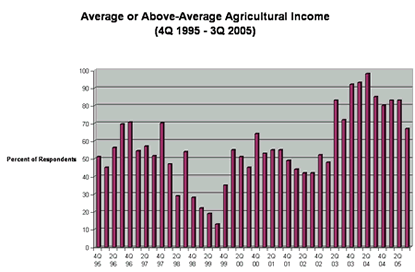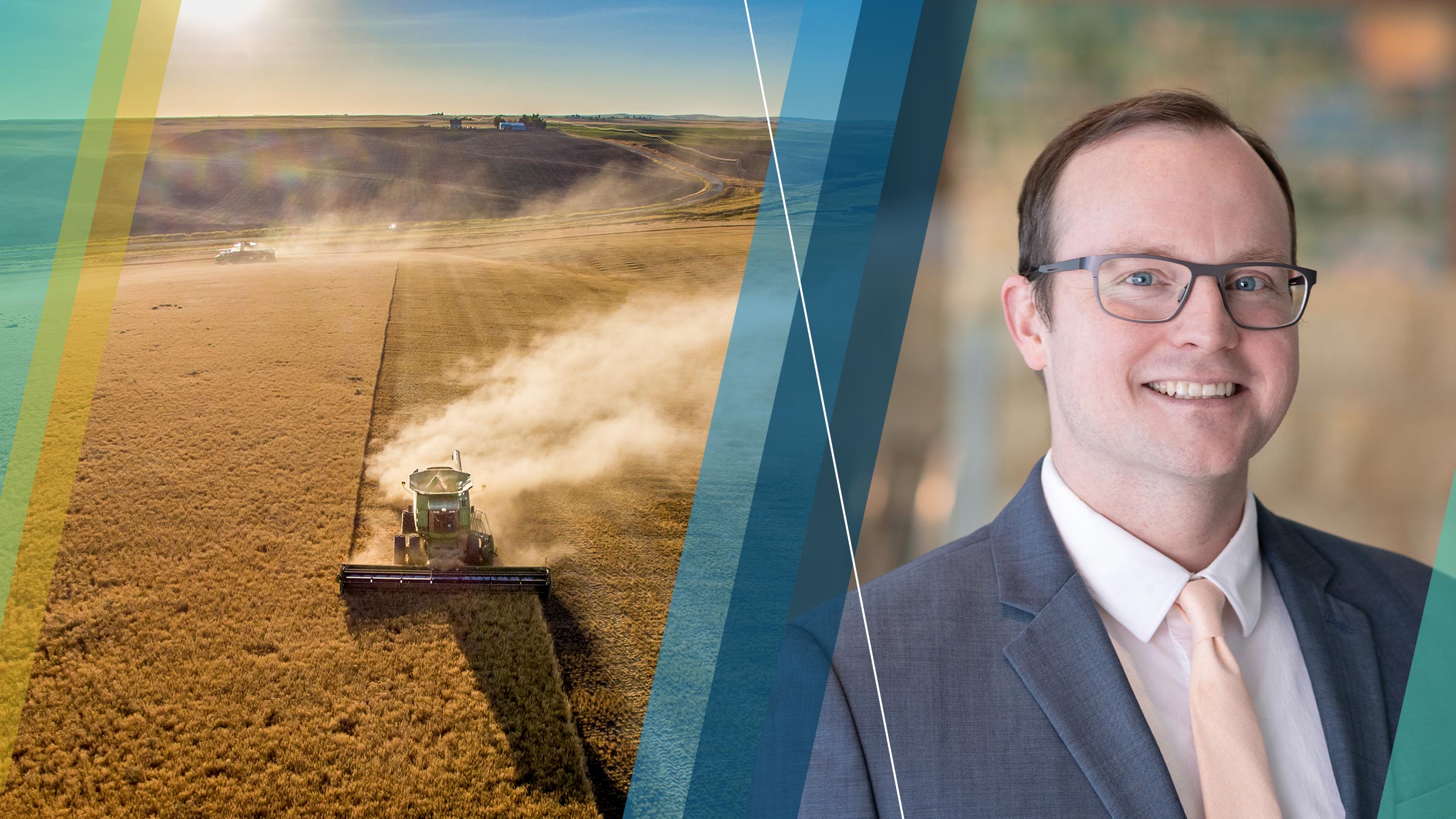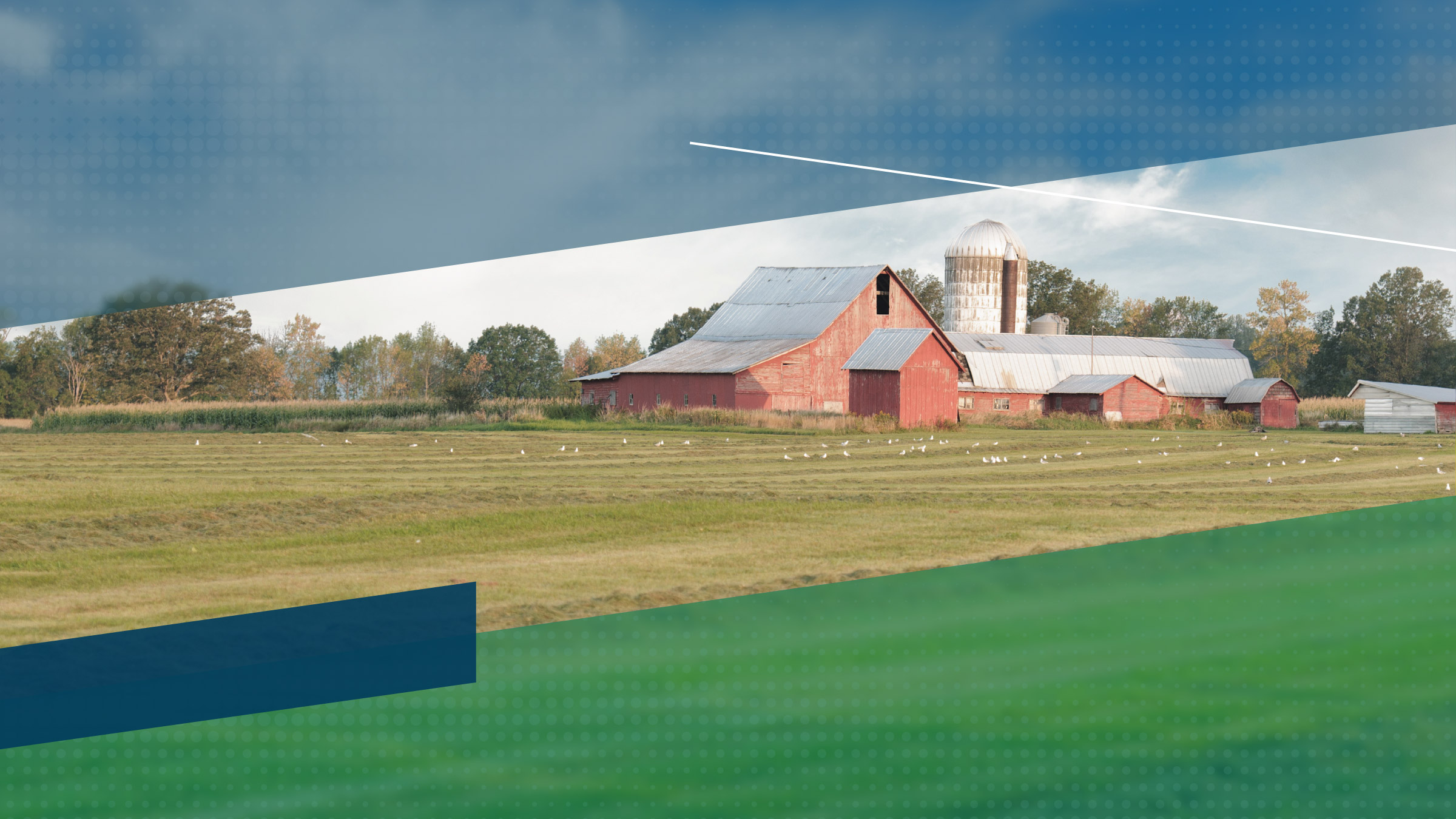Despite a large harvest, most respondents to the Minneapolis Fed’s third-quarter (October 2005) agricultural credit conditions survey expect no change in farm income. Ag lenders expressed worries about credit conditions, including a Montana banker, who noted “significant increases in input costs.” A South Dakota lender said, “Current farm income is lower due to drops in crop and livestock prices over the past 90 days.” Land prices continued to rise, even though interest rates increased. “Rising interest rates have lowered some of the requests for capital purchases,” said a South Dakota survey respondent. Capital spending decreased while household spending inched up. Loan requirements were stable during the third quarter. However, agricultural producers were pessimistic about the fourth quarter, as farm profits and capital expenditures were expected to decrease.
Farm income, household spending and capital investment
Farm income and capital investment decreased during the third quarter of 2005. A third of the lenders reported lower farm income in the second quarter, while 6 percent of respondents indicated higher income. This occurred even though record crop production was reported for some district state crops. “We are very concerned about the ability to market crops this fall,” said a lender from North Dakota. Many comments regarding profits related to higher input costs and softer output prices. This reduction in profits reduces the incentive to invest in capital equipment, as 28 percent of the respondents indicated reduced capital spending while only 11 percent reported increased capital spending. In contrast, 23 percent of respondents reported higher household spending while only 9 percent reported a decrease. The overall results for profits, capital spending and household spending are fairly consistent across the individual district states.

Source: Federal Reserve Bank of Minneapolis
Loan repayments and renewals
Even though profits were lower, agricultural producers appear to be making their loan payments. Loan repayments were stable during the third quarter, as 79 percent indicated no change in the repayment rate. In addition, 79 percent of respondents reported no change in loan renewals and extensions. However, 18 percent indicated increased levels of renewals and extensions.
Demand for loans, required collateral and interest rates
Loan demand increased during the third quarter. Thirty percent of lenders reported increases, and 60 percent indicated no change. Interest rates increased during the third quarter, raising the cost of borrowing relative to the second quarter by about 20 basis points for fixed-rate operating, real estate and machinery loans and about 35 basis points for variable-rate machinery and real estate loans. Collateral requirements did not change much, and only 4 percent of the respondents indicated that loans were refused due to a shortage of funds.
Land values
“Land values are climbing because nonresidents are buying up land for recreational purposes. Farmers cannot afford land,” commented a Wisconsin lender. Ranch land values increased an average of 16 percent from the third quarter of 2005. Meanwhile, nonirrigated farmland values increased from a year ago by an average of 17 percent. However, “farmland prices appear to be softening slightly,” reported a Minnesota lender. The average Montana response indicates a decrease of 2 percent in nonirrigated farmland prices from a year ago. (Note: Land prices can vary significantly, not only from state to state, but also from parcel to parcel. For more detailed information on agricultural prices, see the Minnesota Land Economics Web site. )
Outlook
“There will be a number of cash grain farmers who will not show a profit for the 2005 operating year,” reported a South Dakota lender. The outlook for the fourth quarter is pessimistic, as 42 percent of respondents expect decreased levels of profits and 46 percent expect decreased capital investment. South Dakota lenders are the most pessimistic, while Montana lenders are the most optimistic. The majority of respondents expect no change in household spending. Bankers plan to keep the same collateral requirement for loans and expect steady loan renewals and repayments. However, loan demand should grow, as 36 percent of the respondents expect increased loan demand in the fourth quarter.
Appendices: State Fact Sheet | State Fact Sheet-Outlook





